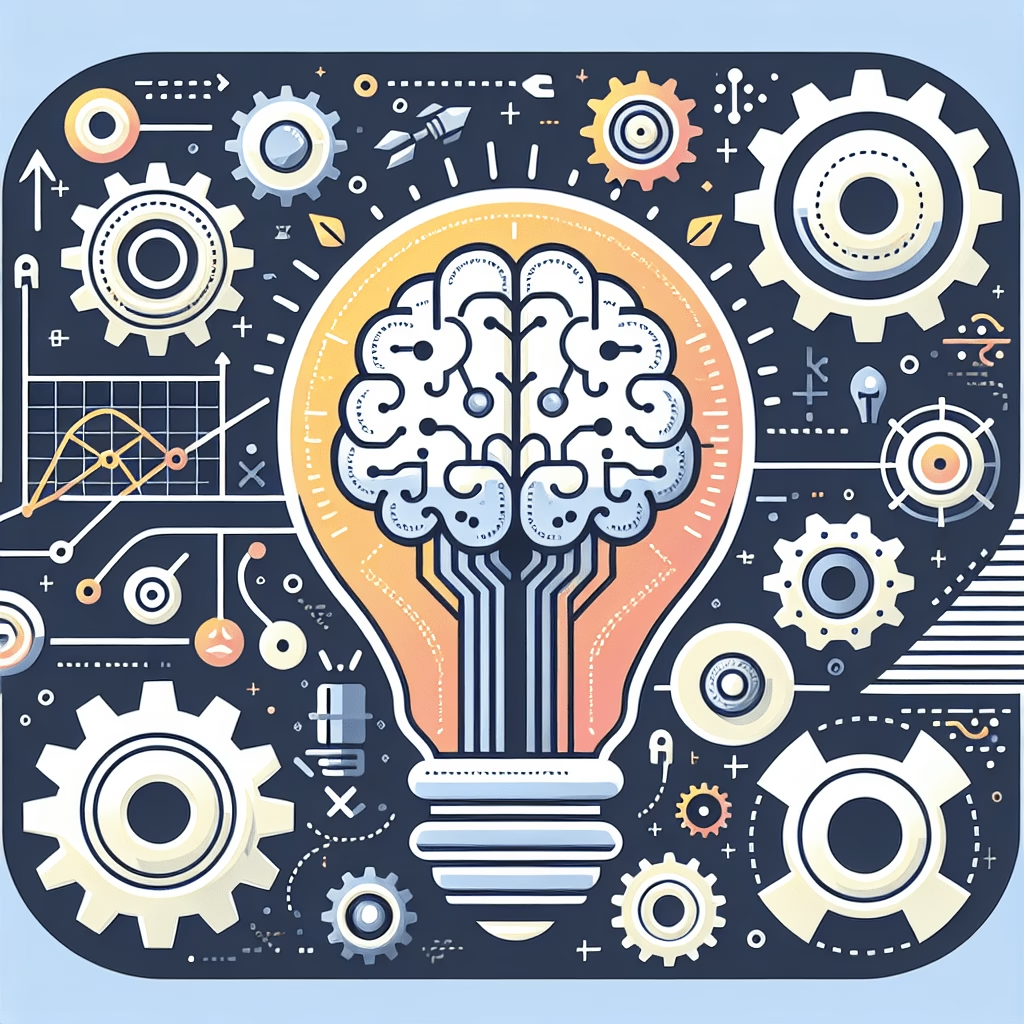Artificial Intelligence (AI) adoption within organizations is not just a trend; it’s becoming a necessity for maintaining competitive advantage and operational efficiency. Yet, many teams grapple with the initial steps to integrate AI effectively into their workflows. In this comprehensive guide, we delve into strategies and insights on mastering internal AI adoption, offering actionable advice for teams ready to embark on this transformative journey.
Understanding the Importance of AI Integration
AI has the potential to revolutionize various facets of business operations, from automating routine tasks to providing deep insights through data analysis. However, the key to successful AI integration lies in understanding its relevance to specific organizational needs and challenges. As Lisa Murkin, Lead Product Manager at Elsewhen, demonstrates, the journey begins not with technology but with identifying the right problems AI can solve.
Step-by-Step Guide to Internal AI Adoption
1. Identifying Organizational Needs
The first step is to assess where AI can bring the most value. Conduct workshops to explore potential use cases across departments. This exercise should focus on understanding the daily challenges teams face and identifying areas where AI could reduce friction and improve outcomes.
2. Building Awareness and Understanding
Education is crucial. Organize training sessions to demystify AI concepts and equip teams with the knowledge required to identify AI opportunities. Encourage a culture of curiosity where team members feel comfortable exploring AI applications without fear of judgment.
3. Starting with Small, Impactful Projects
Begin with pilot projects that address specific pain points. For instance, automating mundane tasks like summarizing meeting notes or generating draft communications can save significant time and effort. These small wins can build momentum and demonstrate AI’s potential benefits.
Case Studies: Successful AI Implementations
Case Study 1: Streamlining Operations at Elsewhen
At Elsewhen, Lisa Murkin facilitated workshops that helped teams articulate their frustrations and see how AI could alleviate them. The result was a more focused approach to implementing AI tools, such as automated documentation processes, which led to a 30% increase in productivity.
Case Study 2: Enhancing Customer Experience with AI
Another example comes from a retail company that utilized AI to personalize customer interactions. By analyzing customer data, they developed tailored marketing campaigns, resulting in a 20% increase in customer engagement.
Challenges in AI Adoption
Despite its benefits, AI adoption is not without challenges. Common hurdles include:
- Lack of expertise and understanding among team members.
- Resistance to change due to fear of job displacement.
- Integration issues with existing technology infrastructure.
Addressing these challenges requires a strategic approach, including investing in training, fostering an inclusive culture, and ensuring robust technical support.
Strategies for Overcoming Resistance
Encouraging Open Communication
Create forums for team members to express concerns and suggestions. Transparency in communication can alleviate fears and promote a shared vision for AI integration.
Providing Support and Resources
Equip teams with the necessary tools and resources to experiment with AI solutions confidently. This includes access to a Product and UX Design Blog for insights into user-centric design approaches.
The Role of Leadership in AI Adoption
Leadership plays a pivotal role in steering AI initiatives. Leaders must champion AI projects, allocate resources effectively, and align AI objectives with broader business goals.
Promoting a Culture of Innovation
Encourage a culture where innovation is celebrated. Recognize and reward teams that successfully integrate AI into their workflows, setting benchmarks for others to follow.
Conclusion: The Path Forward
Successfully mastering internal AI adoption requires a blend of strategic planning, open communication, and incremental experimentation. As Lisa Murkin’s experience at Elsewhen illustrates, the journey is as much about understanding organizational dynamics as it is about technology. By focusing on solving real problems and building a culture that embraces change, organizations can harness AI’s full potential to drive growth and efficiency.
For further reading and insights into digital transformation strategies and AI integration, consider exploring resources from renowned industry experts like Gartner. As the landscape evolves, staying informed will be key to maintaining a competitive edge.

